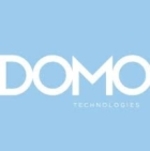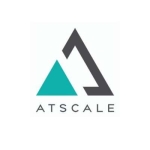I would like to see the capability to directly access social media data.
I have been using it for 14 years.
We have encountered so many issues when the architecture and design was fragile.
Technical support is 10/10.
I previously used Microsoft DTS. Microsoft BI products are ideal for small-scale businesses. whereas SAP BusinessObjects is suitable for enterprise-level implementation.
If you have the skills and time, initial setup will be easy.
I worked for both vendor teams and in-house teams. I have been involved in the implementation of complex BI solutions on the SAP BusinessObjects Enterprise platform in major USA and Canadian companies across different industries.
For successful implementation, you need a technical expert who has specialized in the area of Extract, Transform, and Load (ETL) with in-depth knowledge of the data warehouse lifecycle processes (DWH design and ETL development) and extensive hands-on experience with both the SAP Enterprise Information Management (SAP Data Services) technology stack and the SAP BusinessObjects reporting products stack (IDT, Universe, Web Intelligence, Designer, Dashboards).
The manager should be from the in-house (for decision making) team and the technical experts should be from the outside (vendors and consultants).
SAP has different kinds of licensing for mid-size to large enterprises.
If you want to implement SAP Analytical applications, you need skilled resources with clear requirements.


















SAP Business objects is one of the great tool which helps in taking confident decisions by connecting people, information and businesses across business networks. Though it comes with the price which can be costly for small to medium sized organizations. Though it has various features and SAP BusinessObjects Explorer is one of them, which provides intuitive user interface to search and explore the business data.